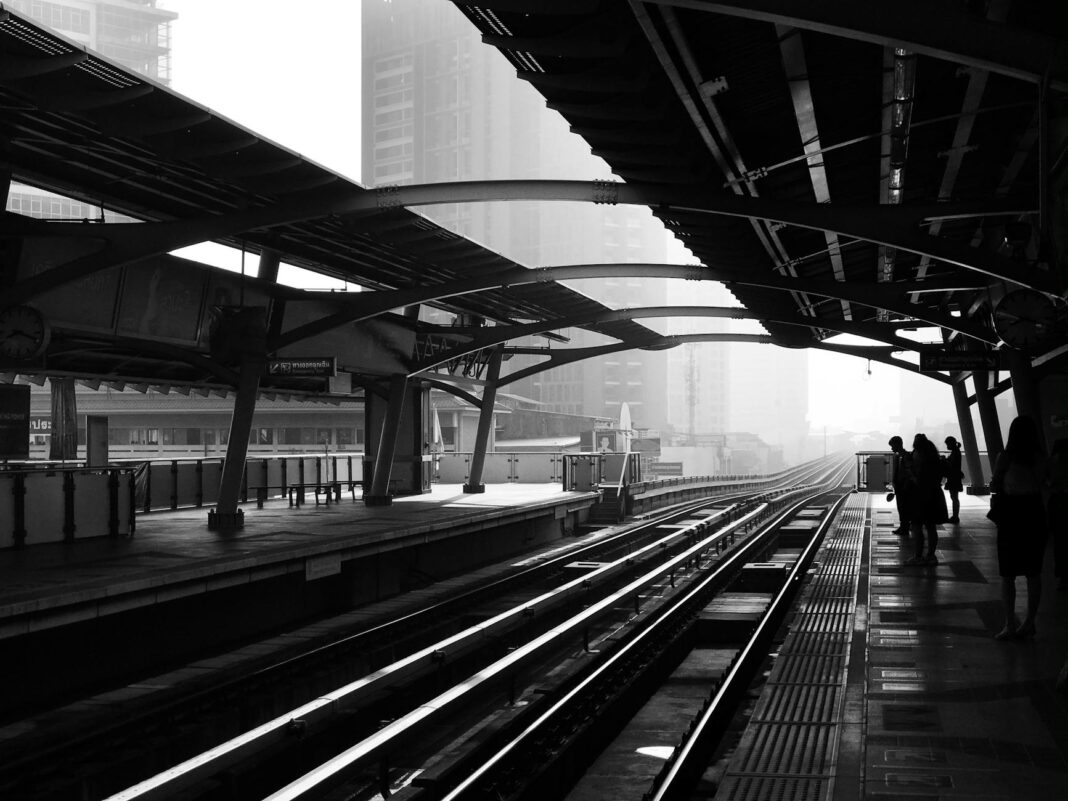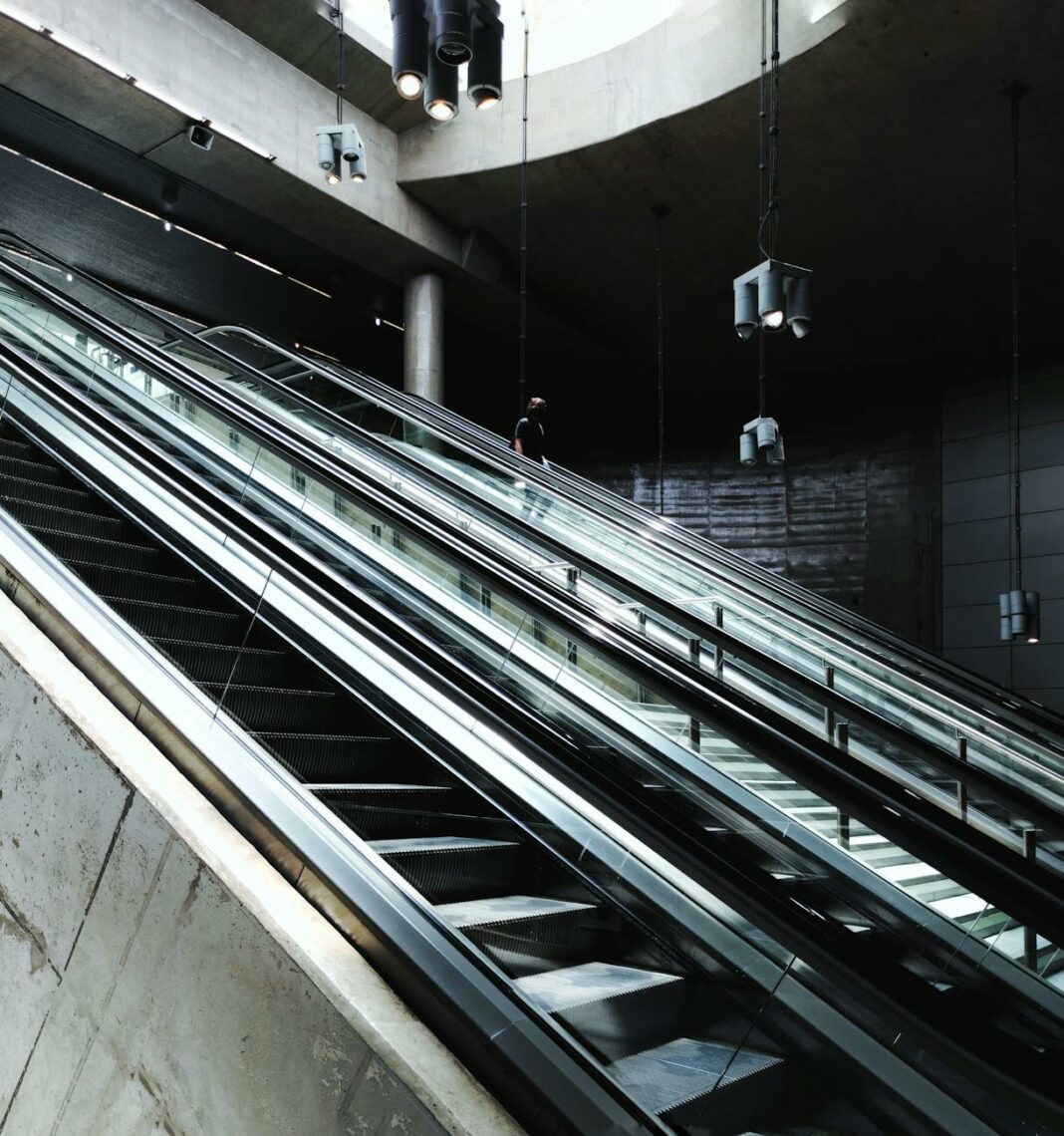Embarking on a trip to Thailand offers travelers an invigorating adventure rich in culture, cuisine, and stunning landscapes. However, many tourists often overlook a crucial aspect of their journey: the efficiency and convenience of Thailand’s public transit system. In a region like Southeast Asia, where transportation varies widely in quality and accessibility, the question arises: Is Thailand’s public transit the best in Southeast Asia? This comprehensive exploration delves into various public transport options, comparing them with those of neighboring countries, and showcases how Thailand sets a benchmark in the realm of public transportation.
In this blog post, we aim to dissect Thailand’s public transportation landscape, highlighting its strengths, examining the challenges, and providing insights that can transform your travel experience. Whether you are a seasoned backpacker or a first-time visitor, understanding Thailand’s public transit network will not only ease your traveling journey but also enrich your experience in the Land of Smiles. Discover the nuances that make Thailand’s transit system a standout choice in Southeast Asia, and unlock the secrets that can turn your travel dreams into reality.
Thailand boasts a well-structured public transportation system that caters to both locals and tourists. The most prominent cities, especially Bangkok, are equipped with various transit methods that ensure comprehensive coverage. From the iconic tuk-tuks and motorbike taxis to the more standardized options such as buses, taxis, and the highly efficient Skytrain, Thailand presents a multitude of choices for the discerning traveler. The integration of services within cities, complemented by intercity options like trains and long-distance buses, makes it relatively easy to navigate the country.
Moreover, the affordability of fares across different modes of transport makes it an attractive option. For instance, the BTS Skytrain and MRT subway systems not only shield travelers from Bangkok’s notorious traffic jams but also provide a high level of convenience with multiple connections and routes, making getting around stress-free. In essence, understanding the public transport ecosystem in Thailand opens up access to experiences that might otherwise be missed, allowing travelers to navigate with ease while soaking in the sights and sounds of this vibrant country.
The landscape of public transport in Thailand is diverse, and it excels by offering various modes tailored to different needs. Buses are plentiful and connect almost every corner of urban areas, while the BTS and MRT systems provide rapid transit over substantial distances. For those seeking a more local flavor, boarding a tuk-tuk or motorbike taxi can offer both excitement and speed over shorter distances. Importantly, ferries service the waterways in Bangkok, providing a scenic and hassle-free alternative to road transport.
Moreover, intercity travel boasts an extensive train network that connects major cities like Chiang Mai, Phuket, and Surat Thani. These trains, ranging from basic to luxurious classes, give travelers the flexibility of distance and comfort. Coupled with sleeper buses that crisscross the country, passengers have an array of options to select from based on their travel style, budget, and time constraints. In sum, the diversity of transport methods not only satisfies different preferences but also creates an environment ripe for exploration.
Utilizing public transit in Thailand comes with a plethora of advantages, transcending mere convenience. First and foremost, it is incredibly cost-effective. Fares on buses, tuk-tuks, and Skytrains are generally much lower than taxi rates or private transport options, allowing travelers to allocate more resources towards excursions and culinary experiences. Additionally, public transport reduces the stress of navigating unfamiliar roads or parking woes, letting you focus on soaking in the locale.
Moreover, such transportation options foster social interactions, affording travelers the chance to meet locals and fellow adventurers. Riding buses or taking a tuk-tuk can transform an ordinary commute into an opportunity for learning about Thai culture, food, and hidden gems off the tourist path. With air-conditioned trains and organized bus routes, public transit also enhances overall comfort during travel. This combination of affordability, convenience, and immersive experiences makes Thailand’s public transportation system a preferred choice for many.
When comparing Thailand to its Southeast Asian counterparts, it becomes evident that Thailand’s public transit excels in terms of organization and user experience. Countries such as Vietnam and Cambodia often face challenges with congestion and outdated transport systems, leading to unreliable services. In contrast, Thailand has invested significantly in infrastructure, resulting in a modern and efficient network that promotes seamless travel for both tourists and locals alike.
<pFurthermore, while Singapore boasts an outstanding transit system, it comes at a higher price point. In Malaysia, despite having a structured train system, the coverage is not as robust as Thailand's, limiting accessibility. Thus, Thailand emerges as a paradigm of balance, blending affordability with a wide array of transport options, making it a standout choice in the Southeast Asian region. Travelers can confidently choose public transit here and experience ease and efficiency, unlike in many neighboring countries.
To make the most of your journey through Thailand’s public transport network, preparation is crucial. Firstly, downloading useful apps such as Grab can streamline rides and eliminate language barriers when hailing taxis or tuk-tuks. Moreover, familiarizing yourself with the BTS and MRT system maps can save valuable time, especially during peak hours. Always have small denominations of cash on hand for buses and tuk-tuks, as cashless options aren’t always available.
Traveling during non-peak hours can also optimize your experience, allowing for quicker boarding and reduced congestion, particularly during busy Bangkok rush hours. Lastly, engaging with locals about transport tips and tricks can lead you to less touristy areas and hidden gems around the city. Such insights foster a richer travel experience, giving you a deeper understanding of Thai culture and lifestyle, thus maximizing your adventure.
Adopting public transit as your primary mode of transportation during your Thailand trip not only enhances convenience but also immerses you in the local culture. Each ride offers an opportunity to witness daily life, unique neighborhoods, and local landscapes, turning transit time into an essential part of your travel narrative. With its affordability and extensive options, public transport allows for spontaneous adventures and excursions that can contrast sharply with the limited experiences afforded by organized tours.
As Thailand continues to develop its transit infrastructure, current and future visitors stand to benefit from the improvements. Investments in sustainable transit options and further expansions promise to enhance travel experiences for years to come. Embracing the public transportation system not only enriches your adventure but also supports a growing movement towards more sustainable tourism practices. It’s time to discover the best that Thailand has to offer through its effective and accessible public transit options.
Is public transport in Thailand safe?
Yes, public transportation in Thailand is generally safe. Travelers are encouraged to remain aware of their surroundings and safeguard their belongings, as they would in any unfamiliar environment.
Are Bangkok taxis metered?
Most taxis in Bangkok are metered, and it’s advisable to ensure the driver uses the meter to avoid overcharging.
Can I pay for public transport with a credit card?
While some transportation options like the BTS Skytrain accept credit and debit cards, it’s essential to carry cash for buses and tuk-tuks, where card payment is often not accepted.
What is the best way to get from the airport to the city center?
The Airport Rail Link is one of the best options for traveling from Suvarnabhumi Airport to downtown Bangkok. Taxis and buses are also available but may encounter traffic issues.
In conclusion, the answer to the question of whether Thailand’s public transit is the best in Southeast Asia is a resounding yes. From an impressive range of options to affordable pricing and user-centric efficiency, it undoubtedly leads in many ways. By embracing this remarkable transport system, you may unlock not only ease in navigating your travels but also a deeper appreciation for the culture and life surrounding you. So, the next time you plan a trip to Thailand, consider hopping on board the local transit options – your adventure awaits!
Image Credit: Pexels





